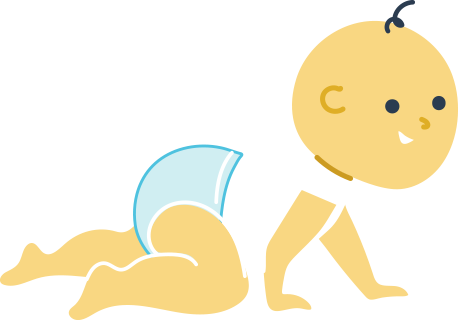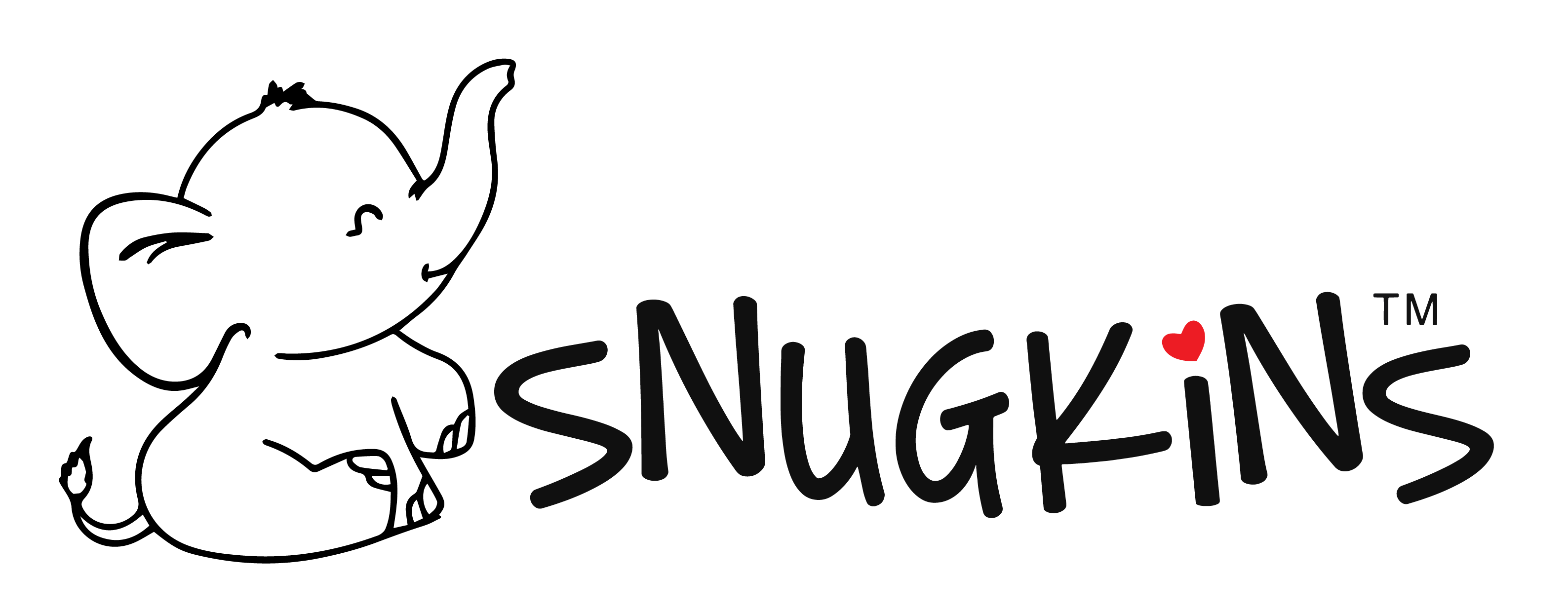Bamboo wipes, the natural eco-friendly way to clean
Where there are little posteriors there is wiping involved.
Our little angels have a habit of spilling things and of course having diaper accidents. How do you clean such a mess? By using a wipe of course. Now you have two choices. One is to use wipes made of natural fibres and the other of course is using plastic based wipes. Most people prefer to use natural fibres. However, they may be unaware of the distinction.
Disposable VS Reusable wipes
Disposable wipes means a lot of non-biodegradable waste. Since we can use these wipes almost anywhere we tend to throw the disposable wipes where we use them. While travelling, at picnics, while trekking etc. Let’s avoid throwing environmentally harmful things outside. If we collect these disposable wipes and throw them responsibly in the garbage, then they will be used for landfill, but that is still not environmentally friendly. Did you know that 30 to 40 reusable wipes can replace 9,000 disposable wipes?
What to look for in baby wipes
If you are looking for soft absorbent and natural material to use as wipes especially if you are going to use them as a washcloth for baby then keep in mind the impact the material has on the environment, how to use them, wash them, store them and the cost saving aspect.
The material of the washcloth for baby
While using natural fibres many people use cotton napkins which may become hard after a couple of uses and leave marks on the soft skin of the baby. What you need is natural fibre bamboo wipes. Snugkins’ Nature Snug bamboo cotton wipes are more absorbent than cotton wipes and give a very soft feeling when used. Its antibacterial feature keeps your kid safe from germs and bacteria that can harm the skin. Bamboo wipes are 40% more absorbent than regular wipes making them the ideal material for normal use. They keep the skin dry, healthy and glowing.
Bamboo versus disposable material
Bamboo is a natural fibre that is super absorbent. Many companies use plastic for this purpose. Polyester is very popular and most people cannot find the difference between natural fibres and polyester. The effects of polyester on your baby's skin over a prolonged length of time is bad and may produce allergic reactions on the skin. Plastic is also avoidable when taking into account the environment-damaging manufacturing process and its non-biodegradable quality after disposal.
Bamboo and other natural material
The best solution is natural fibre wipes. Although cotton is good on the skin, cotton farming uses a lot of water which in turn has an impact on the planet. Compared to cotton, bamboo grows faster and doesn’t use a lot of pesticides which causes soil erosion.
Best wipes for Newborns and babies
YSnugkins Nature snug bamboo baby wipes can be the best washcloth for baby skin. They can be used to wipe the baby’s face and body during a bath or after a meal keeping your baby germ free and clean. They can also be used for a complete body wipe throughout the day. Wet the cloth and squeeze out the excess water. Gently wipe away all dirt from the baby. Rinse the cloth once again to keep it clean.
Using wipes for nappy accidents
When using these reusable wipes for nappy accidents you can use them to clean the baby’s bottom thoroughly. Snugkins nature snug is multi layered and thicker than normal wipes and can clean your baby’s bottom easily without much effort from your side. They are also big enough to use properly unlike disposable ones that are small and don’t clean the bottom properly in one sweep.
Other uses of a washcloth for baby
Wash clothes are very versatile in use and have multiple uses. Washcloths can be used as belly warmers. Moisten a wipe in warm water and wipe your kid with it whenever you feel the little kid has played in the dirt for some time.
You can also use washcloths as burp cloths. When your little one has been fed and needs to be taken over the shoulder for burping, the cloth can be put over the shoulder and the head of the darling can be placed on it. If he vomits out any feed then it will not spoil your clothes.
They can be used as bibs when babies who eat by themselves are given stuff that can spill and spoil clothes. They can also be used to wipe away drool, and perspiration during warm days.
Other uses for reusable wipes
Nature snugs can also be used as regular wipes for adults. You can use them as wipes for face and body moisture and then they can be washed with regular clothes and be reused. Since bamboo is naturally hypoallergenic you don’t have to worry about sensitive skin.
Washing drying and storing reusable wipes
After nappy accidents you may need to store the reusable wipes separately along with reusable diapers in wet bags. You should wash them separately also. Rinse them thoroughly and wash them by hand till all the refuse has been washed away.
Dirty washcloths that have been rinsed thoroughly after nappy accidents and other reusable wipes that have been used for cleaning the face and body can be washed with regular clothes. You can machine dry or dry them on the clothesline. Once dry you can store them in a fresh box ready to use again.
How to store reusable wipes
Store your wipes in a cool, dry basket or box. The box or basket can be made of cane, wood or plastic. If you want to wet your wipes before use, you can keep a spray bottle handy so that you can spray before using the wipes.
Reusable wipes as Cost savers
Reusable wipes are also great cost savers since you can wash and reuse them again and again. If you are using them for regular purposes then you can wash them with your regular clothes. No need to wash them separately. Reusable wipes are free from chemicals that are used in disposable wipes. This means you are assured of delicate, skin sensitive material especially baby skin.
How many wipes do you need?
This really depends on the number of times you will be using them, but keeping around 20 to 24 can give you the freedom to wash and dry for a few days. You can start with a number you think you are comfortable with and add more as per your convenience.
- 12
- 16
- 20
- 24
- 30
- 50
- Featured
- Price, low to high
- Price, high to low
- Alphabetically, A-Z
- Alphabetically, Z-A
- Date, old to new
- Date, new to old
- Best Selling

Being a parent is not easy. Let us help!
Sign Up for our newsletter with easy tips & hacks!
Customer Login:
Your cart is currently empty.
What is Lorem Ipsum?
Lorem Ipsum is simply dummy text of the printing and typesetting industry. Lorem Ipsum has been the industry's standard dummy text ever since the 1500s, when an unknown printer took a galley of type and scrambled it to make a type specimen book. It has survived not only five centuries, but also the leap into electronic typesetting, remaining essentially unchanged. It was popularised in the 1960s with the release of Letraset sheets containing Lorem Ipsum passages, and more recently with desktop publishing software like Aldus PageMaker including versions of Lorem Ipsum.
Why do we use it?
It is a long established fact that a reader will be distracted by the readable content of a page when looking at its layout. The point of using Lorem Ipsum is that it has a more-or-less normal distribution of letters, as opposed to using 'Content here, content here', making it look like readable English. Many desktop publishing packages and web page editors now use Lorem Ipsum as their default model text, and a search for 'lorem ipsum' will uncover many web sites still in their infancy. Various versions have evolved over the years, sometimes by accident, sometimes on purpose (injected humour and the like).







